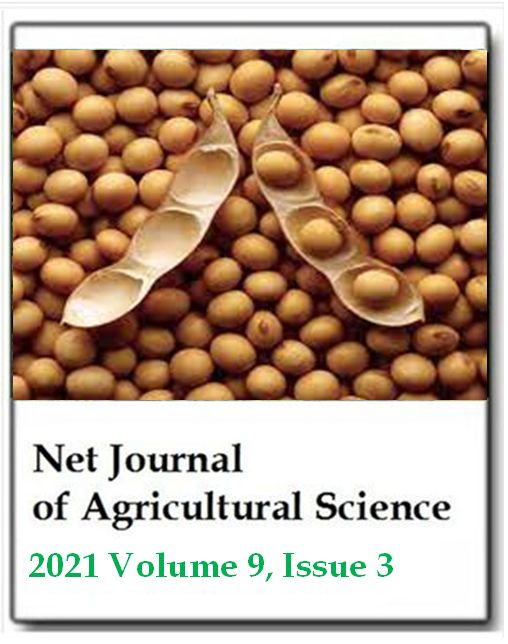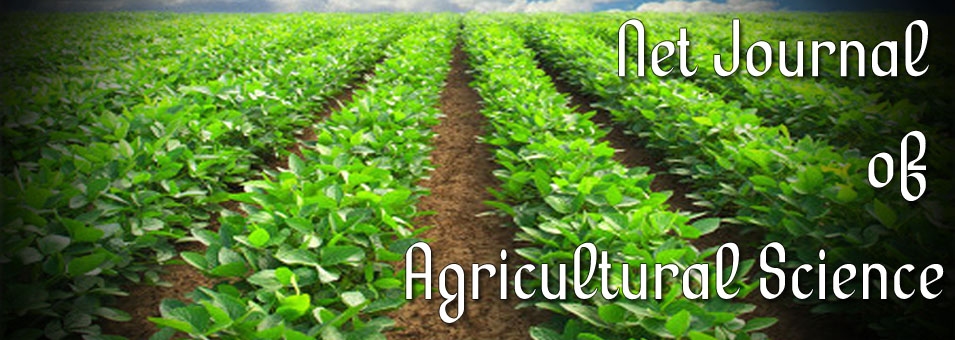Screening of Vietnamese soybean genotypes for Agrobacterium-mediated transgenic transformation
NGUYEN Trinh Hoang-Anh, LA Va-Hien, NGUYEN Huu-Tho, TRAN Van-Dien, KHUAT Huu-Trung, NGO Xuan-Binh, CHUNG Young-Soo and NGUYEN Tien-DungNet Journal of Agricultural Science
Published: July 14 2021
Volume 9, Issue 3
Pages 35-43
ABSTRACT
Soybean [Glycine max (L) Merr.] is one of the most important crops used for human food and animal feed globally. Transgenic soybean covers more than 74% of the global soybean production area, which is an achievement of genetically modified programs. The Agrobacterium-mediated method is commonly used for soybean transformation, but the efficiency of this method is affected by various factors including genotypes. Screening of the soybean genotypes suitable for Agrobacterium-infection and plant regeneration is the most important step to establish an efficient genetic transformation system. In this study, we screened thirty Vietnamese soybean genotypes including seventeen cultivated soybean genotypes (CSG) and thirteen local soybean genotypes (LCG) for shoot regeneration ability and transient infection via Agrobacterium tumefaciens method. Two CSG cultivars, DT22 and VX93, had significantly high efficiencies for shoot regeneration and transient infection compared with the control genotypes Jack and William 82. The shoot regeneration of DT22 and VX93 was 92.32% with 5.75 shoots/explant and 93.35% with 5.92 shoots/explant, respectively, whereas the control genotypes Jack and William 82 had 91.35% with 4.6 shoots/explant and 82.64% with 5.7 shoots/explant. Similarly, the transient infection of DT22 and VX93 was 84% and 86%, respectively, which was comparable with that of Jack (86%) William (82%). The success of transgenic development was confirmed by the β-Glucuronidase staining, PCR, and Basta leaf painting. The results indicated that cultivars DT22 and VX93 could be used for stable Agrobacterium-media transformation.
Keywords: Soybean, Agrobacterium, transformation, transient infection, transgenic.
Full Text PDF
ISSN: 2315-9766
